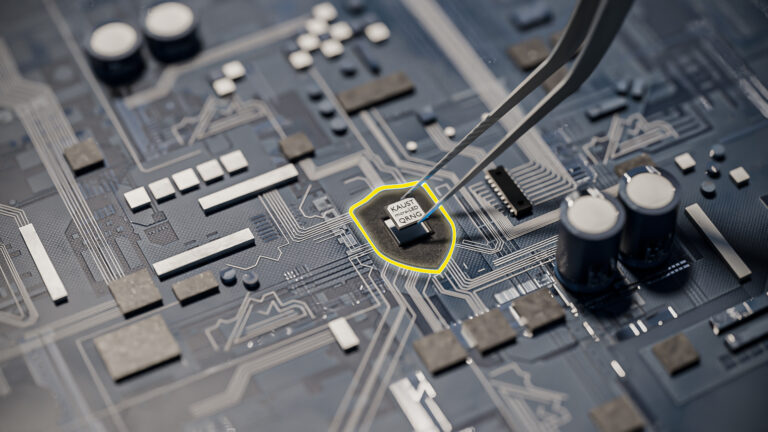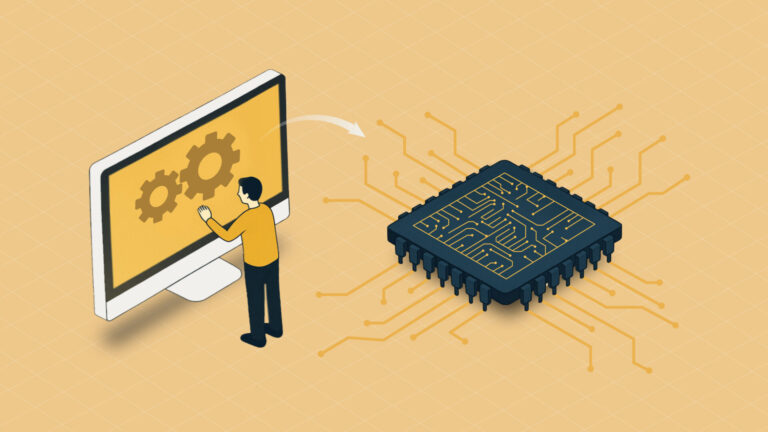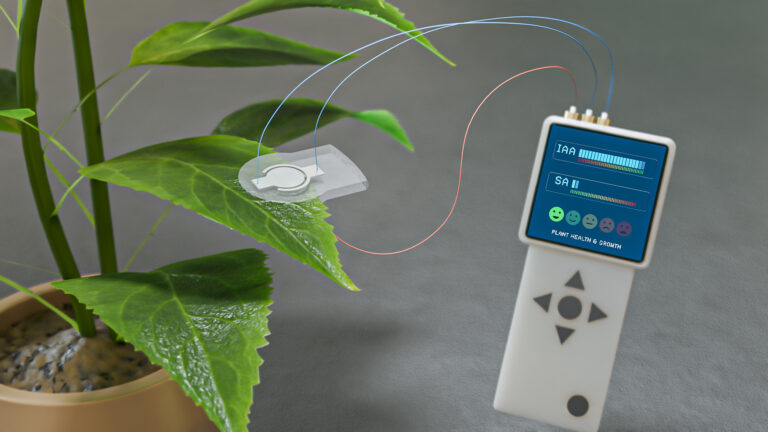Computer Science | Electrical Engineering
Plugging into a 6G future with users at the center
For a communications revolution, 6G development needs more human-centric research.

6G communications will need to be more secure and reliable, involving a decentralized network architecture; 2020 KAUST
With the deployment of 5G networks throughout 2020, scientists are now focusing their research attentions on 6G communications. This research will need to be human-centric, according to KAUST postdoctoral fellow Shuping Dang.
Dang and his colleagues examined the potential applications and challenges of 6G communications in a study published in Nature Electronics. They found that 6G communications will need to be more secure, protect people’s privacy, be ubiquitously accessible and affordable, and safeguard users’ mental and physical well-being.
Achieving these criteria is no small feat. 5G communications have many advantages, supporting internet protocol television, high-definition video streaming, basic virtual and augmented reality services, and faster transmission; however, it does not involve the use of ground-breaking technologies. Efforts have mainly been focused on enhancing performance rather than on using the latest technologies.
Communications systems get updated every decade, which is also known as a generation or simply a “G.”
Meanwhile, 6G is expected to revolutionize the way we communicate. Envision a day, somewhere around 2030, when recreational scuba divers, for example, use their phones to transmit holographic images of themselves in their underwater surroundings to colleagues at work.
Other applications will include more accurate indoor positioning, allowing an application to identify exactly where you are in a 10-story building; a more tactile internet that allows remote machine operation or cooperative automated driving; improved in-flight and on-the-move connectivity; and the transmission of biological information extracted from exhaled breath, allowing the detection of developing contagions and the diagnosis of disease.
“These 6G communications will need to be more secure and reliable, involving a decentralized network architecture,” says KAUST research scientist, Osama Amin.

Hypothetical perceptual scenarios in the move from 1G to 5G and then 6G.
© Reproduced with permission from reference one © Springer Nature 2019; Ivan Gromicho
This could involve using blockchain technology, famous for its use in Bitcoin mining, to make data anonymous and untraceable. This technology would prevent private data leakages, such as those that have recently captured public attention. Currently, governments and corporations control internet connections through the use of centralized servers. A decentralized blockchain network would involve storing encoded data on thousands of nodes that cannot all be accessed by a single person or entity.
Researchers will also need to investigate the use of physical-layer security technologies, which exploit the physical characteristics of wireless communication, such as noise and fading, to improve user security and privacy.
“6G communications will also require the employment of a 3D network architecture, where terrestrial base stations, unmanned aerial vehicles and space satellites are jointly used to provide seamless, high-quality and affordable communication services to people living in remote and underdeveloped areas,” adds advisor Mohamed-Slim Alouini. This could even involve the deployment of underwater communication nodes in the form of autonomous vehicles and sensors that are connected to underwater base stations.
“Artificial intelligence will play a pivotal role in the 6G communication revolution,” explains Dang. Machine learning algorithms could be used, for example, to efficiently allocate base station resources and achieve close-to-optimum performance. Intelligent materials placed on surfaces in the environment, such as on buildings or on streetlights, could be used to sense the wireless environment and apply customized changes to radio waves. And deep learning techniques could be used to improve the accuracy of indoor positioning.
All of this will require systems that offer an extremely large bandwidth for signal transmission and that are robust in the face of adverse weather conditions. Also required are devices that consume less energy and that have longer battery lives. This will need further research into technologies that can harvest energy from ambient radio frequency signals, microvibrations and sunlight. Finally, researchers will need to investigate the impacts of these evolving technologies on mental and physical health.
“Our current study aims to provide a vision of 6G and to serve as a research guideline in the post-5G era,” says Alouini. He and his team are investigating the integration of satellite, airborne and terrestrial networks for forming a decentralized 6G communication system.
They are also studying the use of artificial intelligence and deep learning techniques to optimize 6G communications and the use of “smart radio environments” with reconfigurable reflecting surfaces to optimize signal transmission. Finally, the team is working on expanding the wireless spectrum to the terahertz and optical bands to unlock a much larger bandwidth for 6G communication systems.
References
-
Dang, S., Amin, O., Shihada, B. & Alouini, M.-S. What should 6G be? Nature Electronics 3, 20-29 (2020).| article
You might also like

Bioengineering
Smart patch detects allergies before symptoms strike

Computer Science
Green quantum computing takes to the skies

Computer Science
Probing the internet’s hidden middleboxes

Bioscience
AI speeds up human embryo model research

Electrical Engineering
Micro-LEDs boost random number generation

Computer Science
Improving chip design on every level

Bioengineering
Sensing stress to keep plants safe

Computer Science




